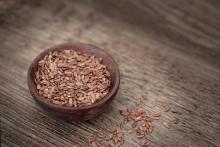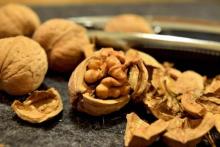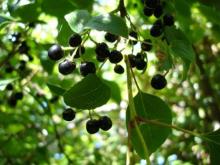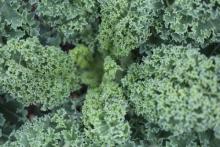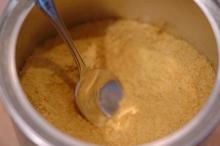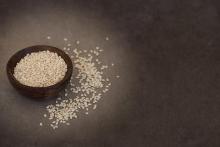Superfood 101: Flaxseed!
Flaxseeds have been cultivated in the Mediterranean basin as far back as 4000 B.C.E. There is evidence that man has been eating flaxseed as far back as the Neolithic Era. Flaxseed is comprised of flavorful meat which is packed with oil and has many nutritional and healing benefits. The non-food grade flaxseed oil is known as linseed oil, which is used commercially in paints and wood finishes. Flaxseed is used in livestock feed and is grown throughout the world.

